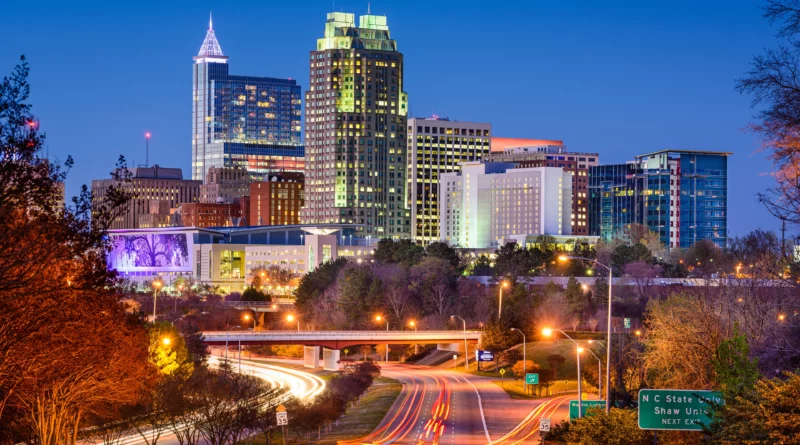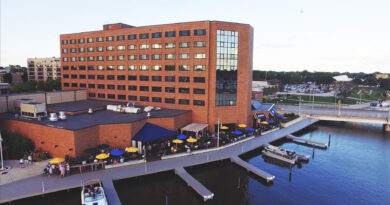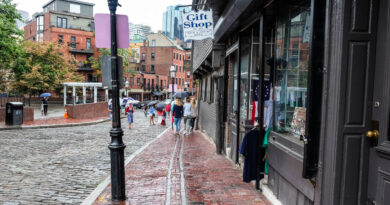History Of Raleigh North Carolina
Raleigh, the capital city of North Carolina, has a rich and vibrant history that spans over centuries. It is a city that has seen its share of triumphs, challenges, and growth and has evolved into the thriving metropolitan center it is today.
Raleigh was founded in 1792 as the new capital of North Carolina and was named after Sir Walter Raleigh, an English explorer and statesman. The city was originally planned with a central square surrounded by public buildings, including the State House, which served as the center of government and commerce. In the early years, Raleigh was a small and quiet town with a population of just a few thousand people, mostly farmers and merchants.
The 19th century saw significant growth and development in Raleigh. The city’s population expanded, and new industries emerged, including textiles, tobacco, and furniture. The construction of the North Carolina Railroad in the 1850s was a major milestone, connecting Raleigh to other cities in the state and helping to spur economic growth. The Civil War brought about significant changes for Raleigh, as the city became a key strategic location for Confederate forces. After the war, Raleigh faced a difficult period of reconstruction and economic hardship, but the city eventually recovered and continued to grow.
In the late 19th and early 20th centuries, Raleigh experienced a period of modernization and urbanization. The city’s infrastructure was improved, and new buildings were constructed, including the State Capitol building and the Memorial Auditorium. The city also became a major educational center, with the establishment of North Carolina State University in 1887 and the establishment of Shaw University in 1865. These institutions helped to shape Raleigh into the intellectual and cultural hub it is today.
The 20th century saw continued growth and progress in Raleigh, with the city undergoing rapid expansion and development. During World War II, Raleigh saw an influx of soldiers and workers, many of whom stayed in the area after the war and helped to further fuel the city’s growth. In the post-war years, Raleigh became a center of research and technology, with the establishment of the Research Triangle Park in the 1950s. The park brought together leading universities, corporations, and research institutions and became a major driver of economic growth and innovation in the region.
In recent years, Raleigh has continued to grow and evolve, becoming one of the fastest-growing cities in the United States. The city has attracted new residents and businesses, and its population has increased dramatically, making it one of the most dynamic and diverse cities in the country. Today, Raleigh is a thriving metropolitan center with a rich cultural heritage, a vibrant arts scene, and a growing economy. It is a city that is proud of its history and is looking forward to an even brighter future.
In conclusion, Raleigh’s history is a testament to the city’s resilience and its ability to adapt and grow. From its humble beginnings as a small capital city to its modern-day status as a thriving metropolitan center, Raleigh has been shaped by its people, its institutions, and its natural environment. The city’s rich history is an integral part of its identity, and its story is still being written as it continues to evolve and grow.
Discover more from City Towner
Subscribe to get the latest posts sent to your email.




